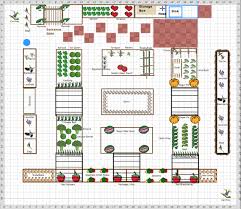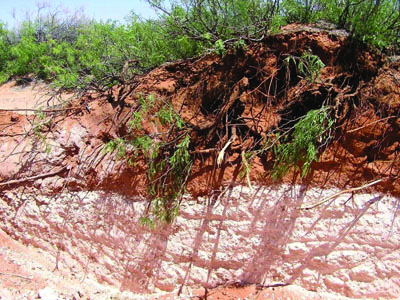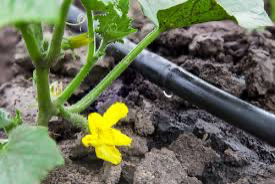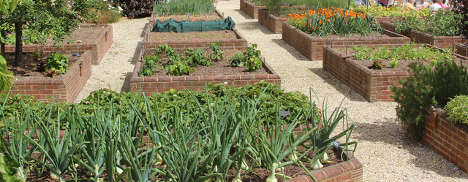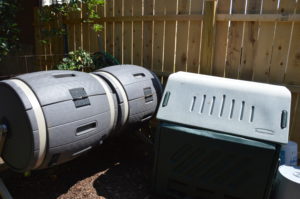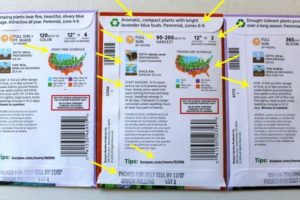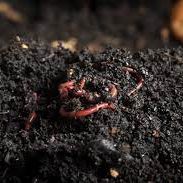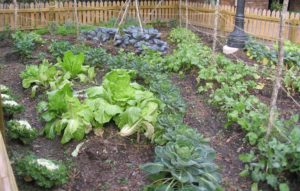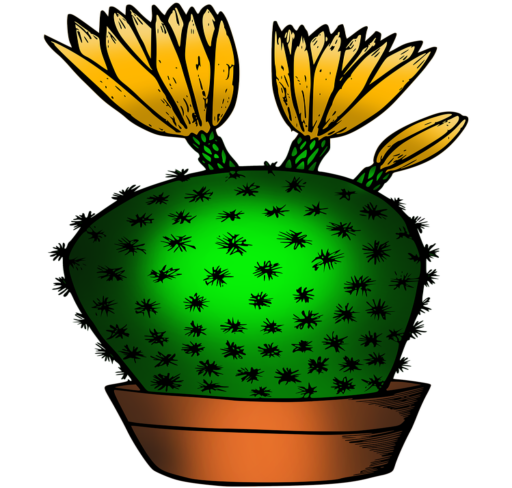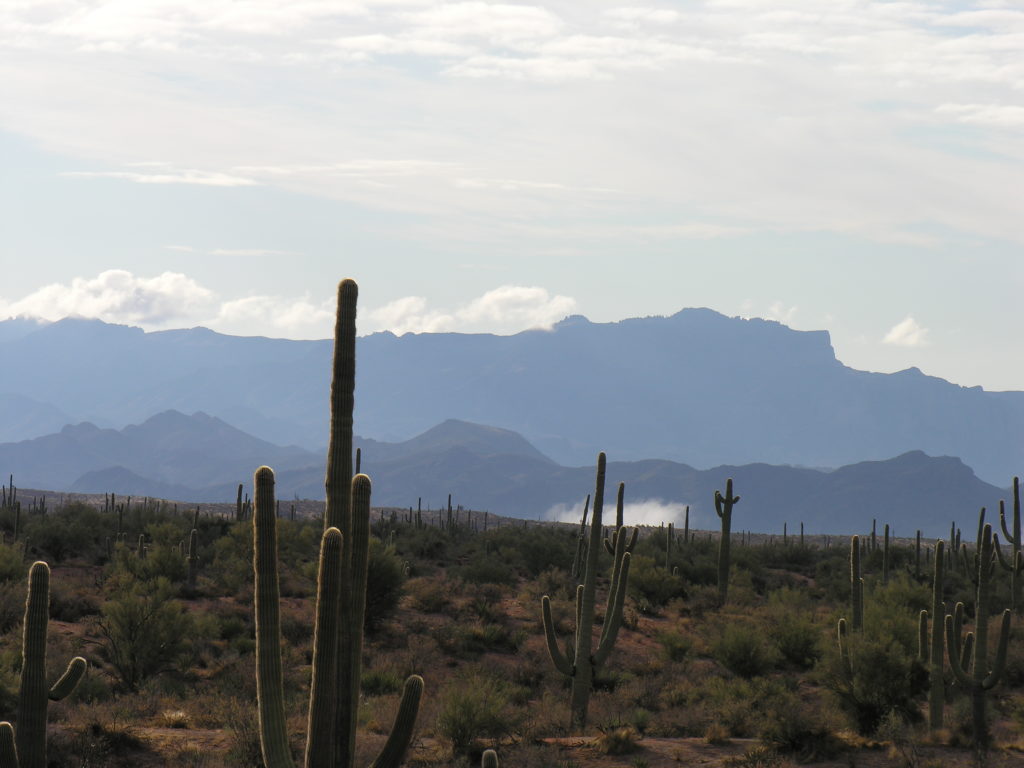
Gardening in the Desert Southwest has Its Difficulties and Benefits
Gardening in the desert is much more difficult than in other parts of the U.S. Mainly because temperatures during the summer months stay above 100 degrees. The humidity is very low, and the elevation in some areas is over a mile high.
Southwest Deserts are the Hottest and Driest Regions in the United States.
The availability of water has defined its landscapes, history of human settlement, and economy.
Because of varying elevations throughout the Southwest, first and last frost dates differ greatly. As a result, the Southwest has cool nights, high winds, and long dry spells.
There are extreme differences in desert elevations and gardening is different for each distinctive desert climate zone. The single best place to experience and learn about the desert is the Arizona-Sonora Desert Museum, near Tucson. It is no ordinary museum filled with specimens. The mission of the Arizona-Sonora Desert Museum is to inspire people to live in harmony with the natural world by fostering love, appreciation, and understanding of the Sonoran Desert. In fact, this is a combination zoo, natural history museum, and botanical garden. After a day here, you’ll never again think of the desert as an empty place with nothing but cactus.
Of the 12 USDA plant hardiness zones in the country, the Southwest includes seven of them: zones 4 through 10. The differences and variety of climate, rain, soil and temperature and elevation in these zones leaves gardeners feeling very perplexed! Check here for the plant hardiness zone near you: USDA Plant Hardiness Zones in the US. For successful gardening in the desert outcomes, it’s important to study not only the climate and elevation. The length of your growing season, your soil quality and composition, sun and shade exposure, and plant irrigation needs are critical to plants needs.
Gardening in the desert can be challenging due to the harsh environmental conditions such as extreme heat, low humidity, high winds, and poor soil quality. However, with some planning, preparation, and the right techniques, it is possible to create a beautiful and productive garden in the desert.
Your garden’s elevation or location in a sheltered valley or exposed slope can greatly affect your local climate. Agricultural extension offices and local garden centers can be good resources regarding your local micro-climate. So growing food in drier climates is nothing new, but for many of us it’s a very perplexing way to garden.
There are 2 different types of deserts in the Southwest each one having different elevations. The higher the elevations the cooler the desert. They are all extremely dry.
They are informally called:
Low Desert and High Desert
To have a successful garden in the desert you must focus on all the details of your micro-climate.
Low Deserts -Gardening in the Desert
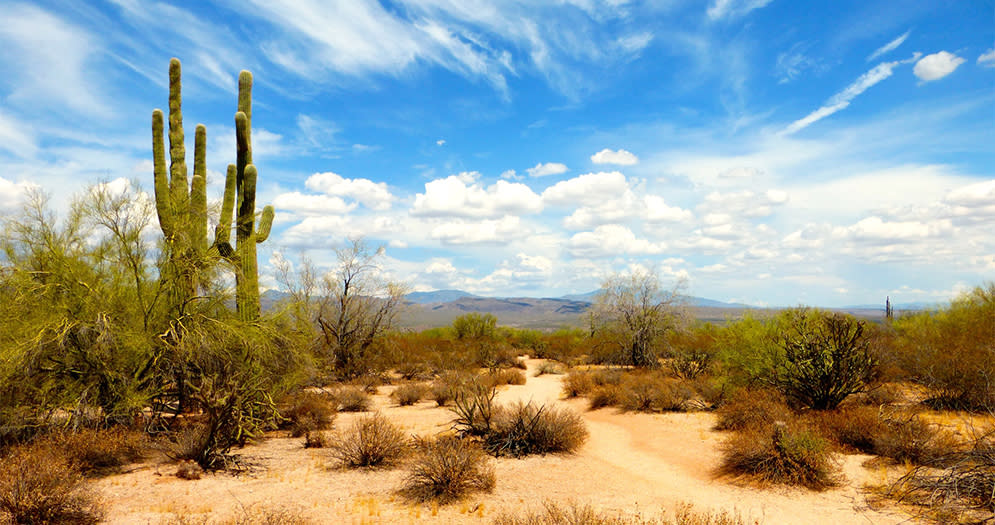
Sonoran Desert is a good example of the low desert and best known for their long, hot summers. There are two main growing seasons in the low desert Southwest:
The first growing season is from Mid-February until the end of May.
Then after the high temperatures of summer, from Mid to late September (once temperatures are below 100 degrees) until early to mid December.
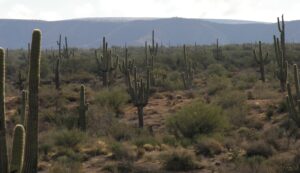
High Deserts – Gardening in the Desert
The Chihuahua Desert extends from Mexico to mid-New Mexico.
This Chihuahua desert is referred to as high desert. Albuquerque (5312 feet above sea level) and Santa Fe, New Mexico (6998 feet above sea level) are prime examples of high desert. High Desert is an informal designation. High Desert is typically used to define geographic areas of desert that are between 2,000 and 4,000 ft in elevation.
At the lower end of high desert elevations you will find cities like: Tucson, Arizona (2643 feet above sea level), and Las Cruses, New Mexico (3900 feet above sea level). There is quite a bit of variation in the microclimates within the designation “High Desert”.
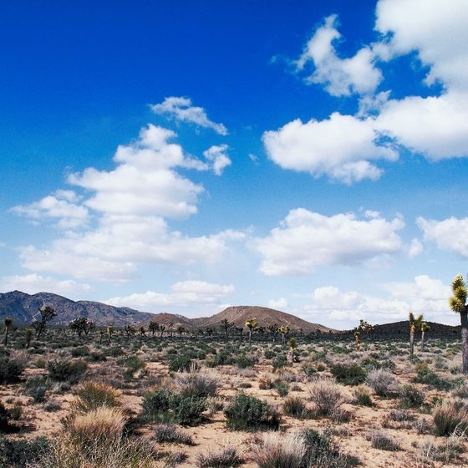
Last Probable Spring Freeze
First Probable Fall Freeze
Number of Probable Frost-Free Days
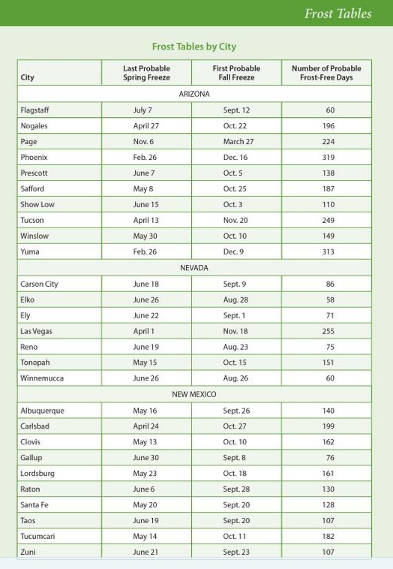
It’s time to pick a plot or plots for your desert vegetable garden. You will find out how to in Planning Your Garden.
This site is for people who are intent on getting as much food as possible from their desert gardens, whatever, the size of their plot. Our knowledge is drawn from a background in backyard gardening in the Southwest Deserts.
No matter what your goals are, the plans and methods described on this website will help you approach your garden like a small- scale farm, dramatically increasing its production. Focusing on production means that your garden will need more careful planning, record keeping, and managing than a usual backyard vegetable garden.
Learn More About Your Area of Interest Below
